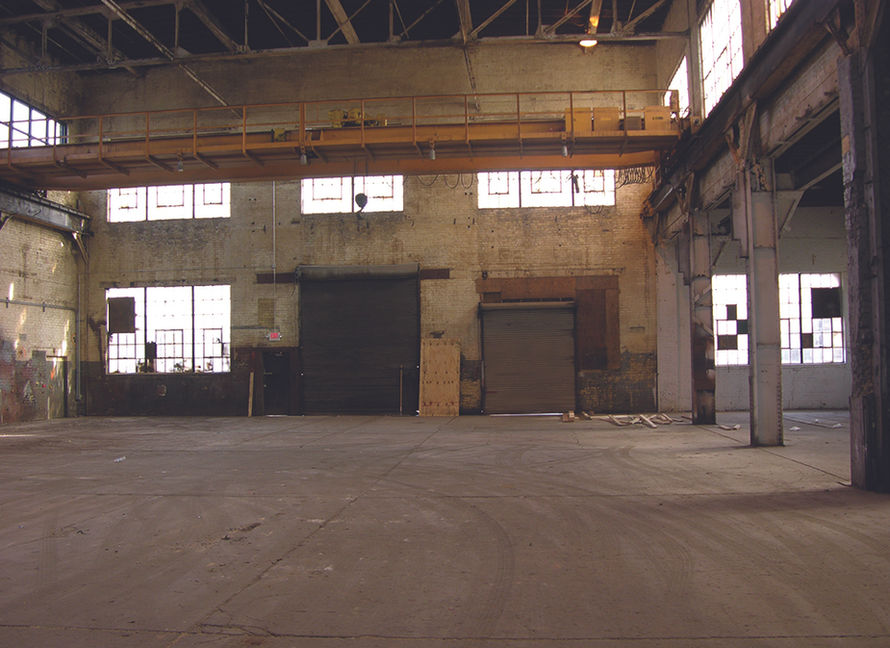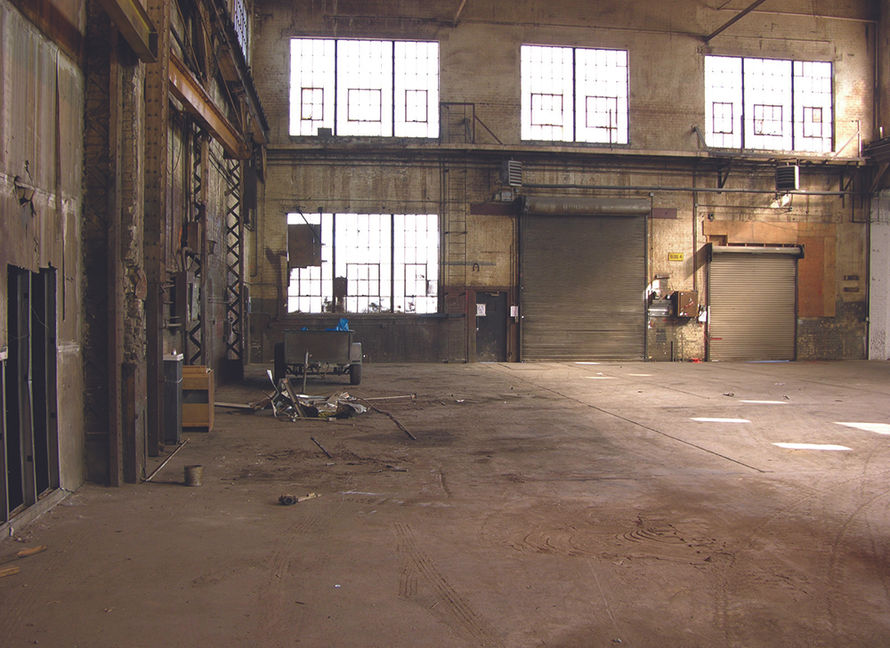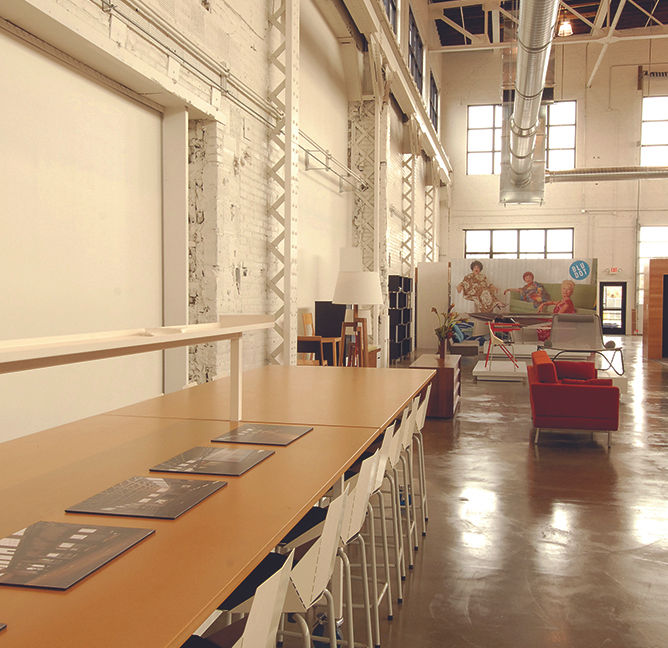RENOVATION STORY
crown center
1229 Tyler St NE
NORTHEAST, MINNEAPOLIS
2008
QUICK FACTS
Address: 1321 Tyler Street NE, Minneapolis
Built: Circa 1920s-1970s
Building size: Approximately 161,500 SF
Prior uses: Heavy industrial, heavy manufacturing, WWII era airplane wing component manufacturing, auto repair
Re-development timeline: January 2011 – June 2011
Abated contaminants: Environmental contaminants included asbestos-containing materials, lead-based paint, elevated metals, and semi-volatile organic compounds (vapors) in the soil, and two underground storage tanks.
Grant support: $835,460 awarded from the Minnesota Department of Employment and Economic Development (DEED) in January 2007 and June 2008. $690,000 awarded from the Metropolitan Council in January 2007. $121,000 awarded from Hennepin County (ERF) in January 2007 and June 2007
Overview:
For years, the Crown Iron site was a contaminated, underutilized property—a blight on the surrounding neighborhood. For nearly 100 years, a series of heavy industrial businesses, including Crown Iron Works and Electric Machinery Company, had left a legacy of pollution from lead paint to contaminated soil. Decades of poor or deferred maintenance left the buildings in disrepair, unsuitable for human occupation. The dysfunctional building configuration had led to rudimentary and impractical floor plans. As specialists in contaminated site redevelopment, Hillcrest Development understood the logistics of rehabilitating such a challenging property.
The support of public partners that provided environmental funding made the project economically feasible. The Minnesota Department of Employment and Economic Development, Metropolitan Council, and Hennepin County awarded Hillcrest Development five grants totaling more than $1.6 million. With this critical funding in hand, Hillcrest Development embarked on an ambitious schedule for redevelopment. Hillcrest Development purchased the approximately 161,500 SF Crown Iron site in January 2008 and completed the renovation in August 2008. From start to finish, the renovation took less than a year. Upon completion, more than 300 new and relocated jobs were added to the neighborhood.
Today, the project is known as the Crown Center, which houses a variety of professional, industrial, medical, and creative businesses. The Crown Center is a model for how Hillcrest Development designs nimble spaces that serve today’s businesses while providing a positive economic and environmental impact for the broader neighborhood.
Crown Center
Phase I: Blu Dot
For the first phase of the project, Hillcrest Development redeveloped this decaying industrial space for the furniture design firm Blu Dot, creating a modern, functional, and attractive space. Once used to assemble military airplane wings during World War II, the factory space had suffered decades of heavy usage, poor maintenance, pollution, and damage. Now floor-to-ceiling glass separates individual office spaces, and unique conference room pods “float” in the center of the space. Specialized finishes were used to highlight the contrast between the dark exposed ceiling joists and the fine trusses and unify the various surface materials. The original steel cutting machine remains in the space as an architectural element. The glossy refinished concrete floor and exposed brick echo the historic nature of this once-industrial space while wood panels, shelving, and new skylights warm the space.
Crown Center Phase II: the Shed
The next phase of the Crown Center was to continue to improve the grounds by creating a community green space dubbed “the Shed.” Hillcrest Development approached the Shed project with the goal of both respecting the past and designing for today. The creation of green spaces provides an appealing work environment for various professional, industrial, medical, and creative businesses. The Shed is a half-acre of private space that welcomes public access. Hillcrest Development creatively incorporated vibrant life into a previously barren environment. Rooftop rainwater is collected and stored in tanks for irrigation, while historical elements like an industrial crane have been thoughtfully integrated into this light-filled space. Hillcrest Development planted 3,345 square feet of pollinator-friendly plants. The Shed provides for an interconnected tenant community that considerately integrates multi-tenant spaces while respecting individual spaces.
Crown Center Phase III: Bauhaus Brew Labs
In the final phase of the restoration of the Crown Iron Works site, Hillcrest Development redeveloped this formerly crumbling industrial building for a specialty brewer, Bauhaus Brew Labs. Once used during World War II in the war effort, this building had a unique glass ceiling that allowed for light and swift replacement if hit by “enemy” artillery. However, like the remainder of Crown Center, this building suffered decades of heavy usage and poor maintenance.
Working closely with the owners of Bauhaus to support their vision, Hillcrest Development fully renovated the building to include a new modern and energy-efficient glass ceiling, newly established infrastructure, new windows, sandblasted brick, and an exterior patio area. Hillcrest Development took particular care to create a space that is functional and attractive for a brewery.
The natural light in the building is unrivaled. Thoughtful aesthetic finishes highlight the contrast between the dark exposed ceiling joists and the vintage industrial crane. The clean concrete floor and exposed brick echo the historic nature of this once-heavy manufacturing space, while a wood bar, shelving, and tables brings significant warmth to the space.






















